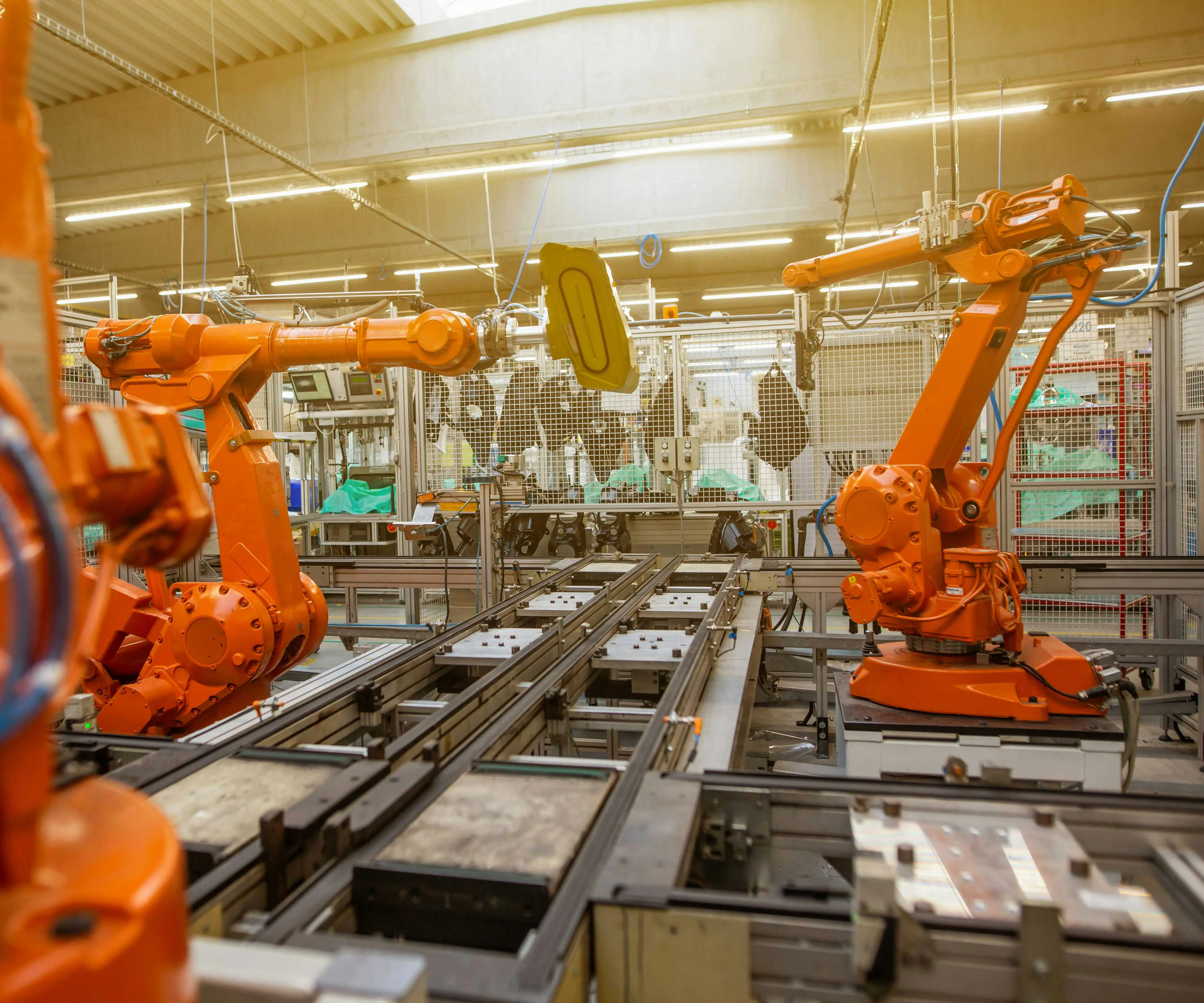When it comes to drones, the heart of their flight capability is really all about the motors. These tiny powerhouses are what get those blades spinning and keep the drone steady in the sky. So, what kind of motors are usually used? Let’s carve through the noise.

The most common choice? Brushless motors. Think of these as the high-performance athletes of drone propulsion. Unlike brushed motors, which use brushes to transfer current, brushless motors eliminate that mechanical contact point, leading to smoother operation and less wear and tear. That means longer hours in the air and a more consistent flight experience. Plus, brushless motors are typically more efficient—less energy wasted as heat, which helps extend flight time.
You might wonder, "Are there alternatives?" Well, brushed motors do still pop up, especially in cheaper or smaller drones where cost takes precedence over longevity. They’re simpler, lighter, but they chew through batteries faster, and you’ll notice more maintenance. Not exactly what you want outside of a toy drone, right? For serious, high-performance drones, especially those used in aerial photography or mapping, brushless is king.
Now, what about size and power? It’s not just a "one-size-fits-all" deal. The motor needs to match the drone’s weight and intended use. Small indoor drones often use tiny motors, barely bigger than a rice grain, hovering on micro propellers. Meanwhile, big drones carrying payloads require beefier motors capable of generating more torque. That’s where some of the most impressive brushless options come into play—these motors can spin at thousands of RPM and produce a ton of thrust.
Here’s a fun detail: the number of poles inside the motor influences how it behaves. More poles can mean smoother rotations and more control, which is crucial for aerial stability. Manufacturers, including KPOWER, design motors with specific pole configurations to optimize performance in different flight scenarios.
When picking the right motor, consider how efficiently it converts electric power into mechanical movement. High-quality motors generally have better winding designs, superior magnet materials, and balanced rotors. They’re not just spinning parts—they’re precisely engineered machines. Think about it: efficiency and durability are what get you longer flying sessions and fewer worries about sudden failures.
Ever wondered how motor choice affects noise levels? Generally, brushless motors tend to operate more quietly than brushed ones, which is a bonus if you're shooting footage or just want to keep your neighborhood peaceful. Plus, they emit less electromagnetic interference, helping maintain stable communications.
If you’re someone who’s into tinkering, understanding these motor types helps in customizing and upgrading your drone. The right motor can mean the difference between a drone that just hovers and one that soars with agility.
In the end, whether you’re into high-flying photography or just fancy flying around your backyard, knowing which motors power your drone tells you a lot about its performance and potential. It’s not just about raw power but about efficiency, durability, and how well those tiny engines harmonize with propellers to keep everything aloft. That’s the magic behind each flight—and what makes choosing the right motor such a game-changer.
Kpower has delivered professional drive system solutions to over 500 enterprise clients globally with products covering various fields such as Smart Home Systems, Automatic Electronics, Robotics, Precision Agriculture, Drones, and Industrial Automation.




































